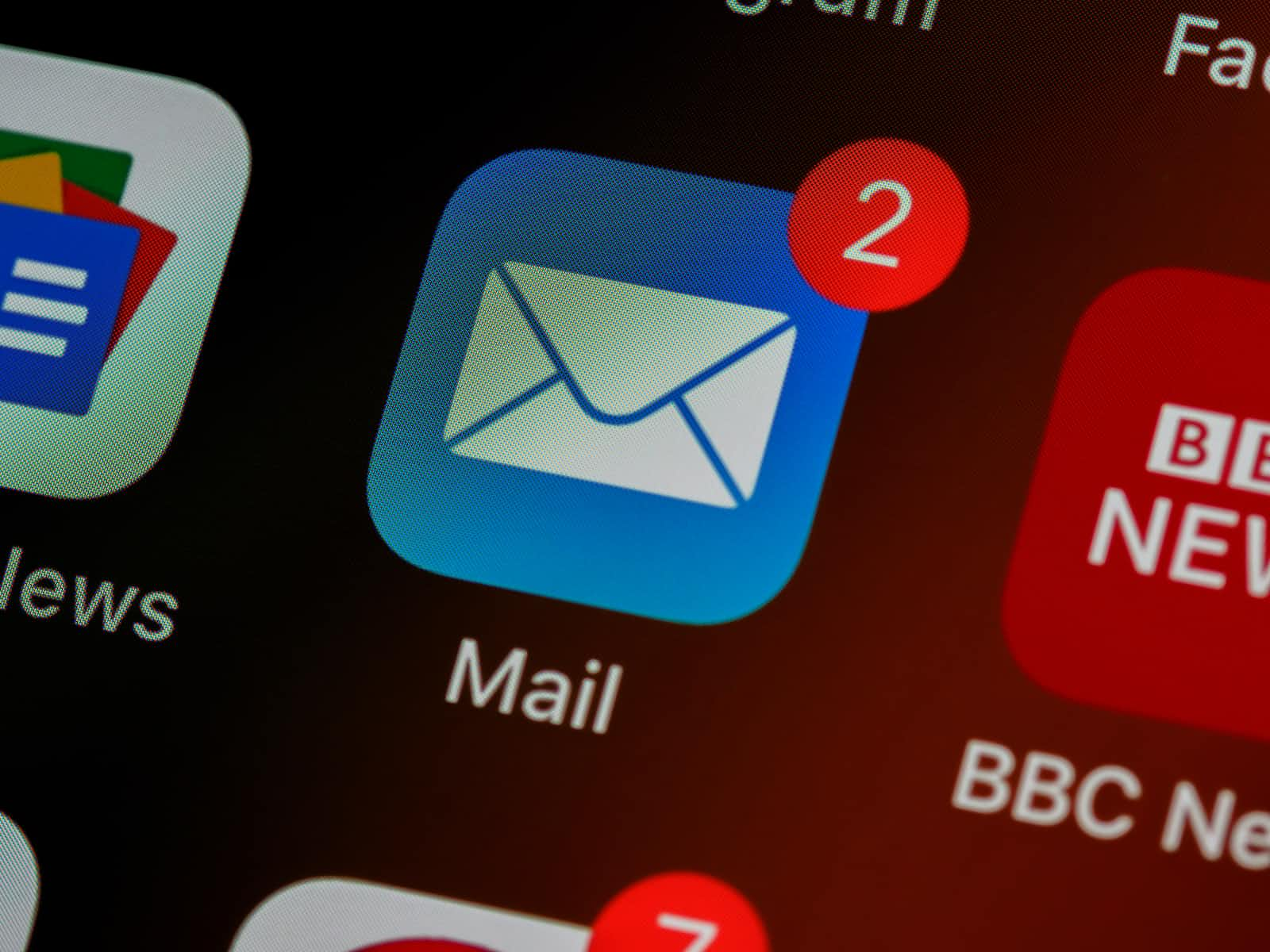2 simple tricks you can use to reduce spam emails
 Robert Dixon
Robert DixonTable of contents

We all know spam emails are annoying and even though most email providers do their best to block as much spam as possible, there will always be some that slip through the cracks.
Fortunately, there are 2 awesome "email Jedi" tricks you can perform to fight off those pesky spammers...
Plus Addressing
This is one of the easiest tricks as it involves practically no extra setup on your end.
When signing up for a website that you don't completely trust such as a newsletter for a free PDF or a Wi-Fi hotspot, you can add a plus symbol "+" after your username with a phrase to identify the source of the spam, if they decide to sell your email details.
For example, say my email address was john@gmail.com, I could signup for that shady Wi-Fi hotspot using john+shadywifi@gmail.com.
Some email providers even let you set up different rules, so you can direct emails sent to john+coolnewsletter@gmail.com to a folder to store them or block them entirely.
Most email providers such as Gmail, Outlook and iCloud all support this, but not all of them, so it's worth checking ahead of time.
Also, some sites have caught onto this and don't allow email addresses with a "+" in them, so this next trick might be better for you...
Email Aliases
Email aliases work in similar ways to plus addressing, but they completely hide your real email address altogether.
Instead, you will use various email addresses to sign up for your websites and if one goes rogue, you can just delete it and cut off the spam.
Many services provide this, some even come baked into the email provider you are using such as Outlook, Yahoo and iCloud.
If your email provider doesn't support aliases or you're looking for an alternative; SimpleLogin, AnonAddy and Firefox Relay are all perfectly viable options and all come with free tiers.
SimpleLogin and AnonAddy can even be self-hosted for the privacy-conscious out there.
If you have a custom domain, Cloudflare or ImprovMX can also be used to set up email forwarders aka. aliases.
References
https://maheshone.com/why-icloud-email-address
https://support.google.com/a/users/answer/9282734
https://learn.microsoft.com/en-us/exchange/recipients-in-exchange-online/plus-addressing-in-exchange-online
https://support.microsoft.com/en-us/office/add-or-remove-an-email-alias-in-outlook-com-459b1989-356d-40fa-a689-8f285b13f1f2
https://help.yahoo.com/kb/SLN28815.html
https://support.apple.com/en-gb/guide/icloud/mm6b1a490a/icloud
https://simplelogin.io
https://addy.io
https://relay.firefox.com
https://github.com/simple-login/app#readme
https://addy.io/self-hosting
https://blog.cloudflare.com/introducing-email-routing
https://improvmx.com
Subscribe to my newsletter
Read articles from Robert Dixon directly inside your inbox. Subscribe to the newsletter, and don't miss out.
Written by

Robert Dixon
Robert Dixon
Computer Scientist from England, UK.